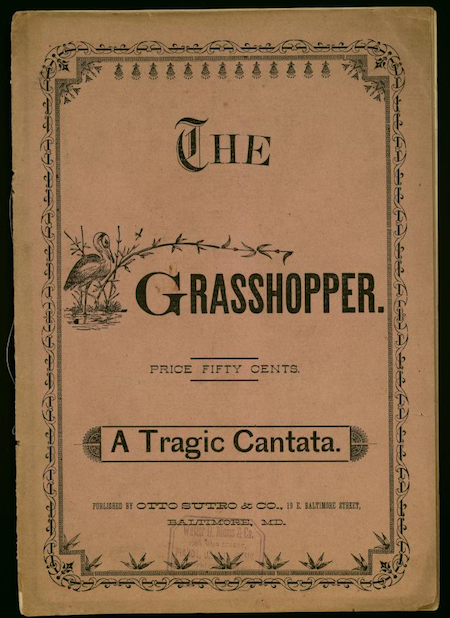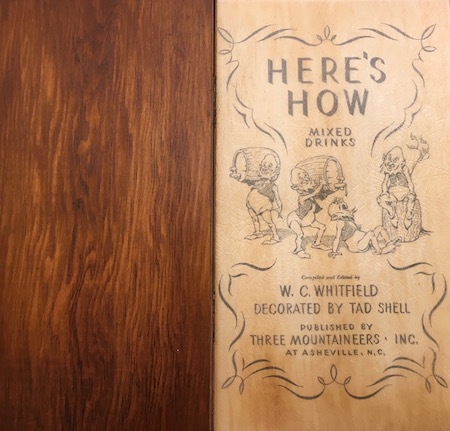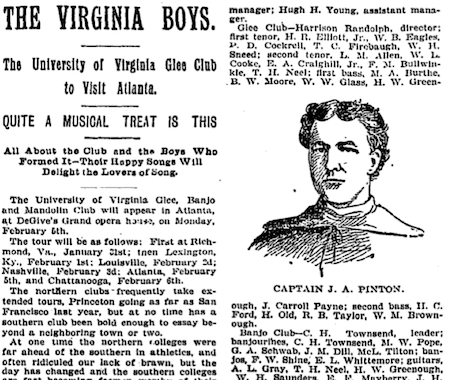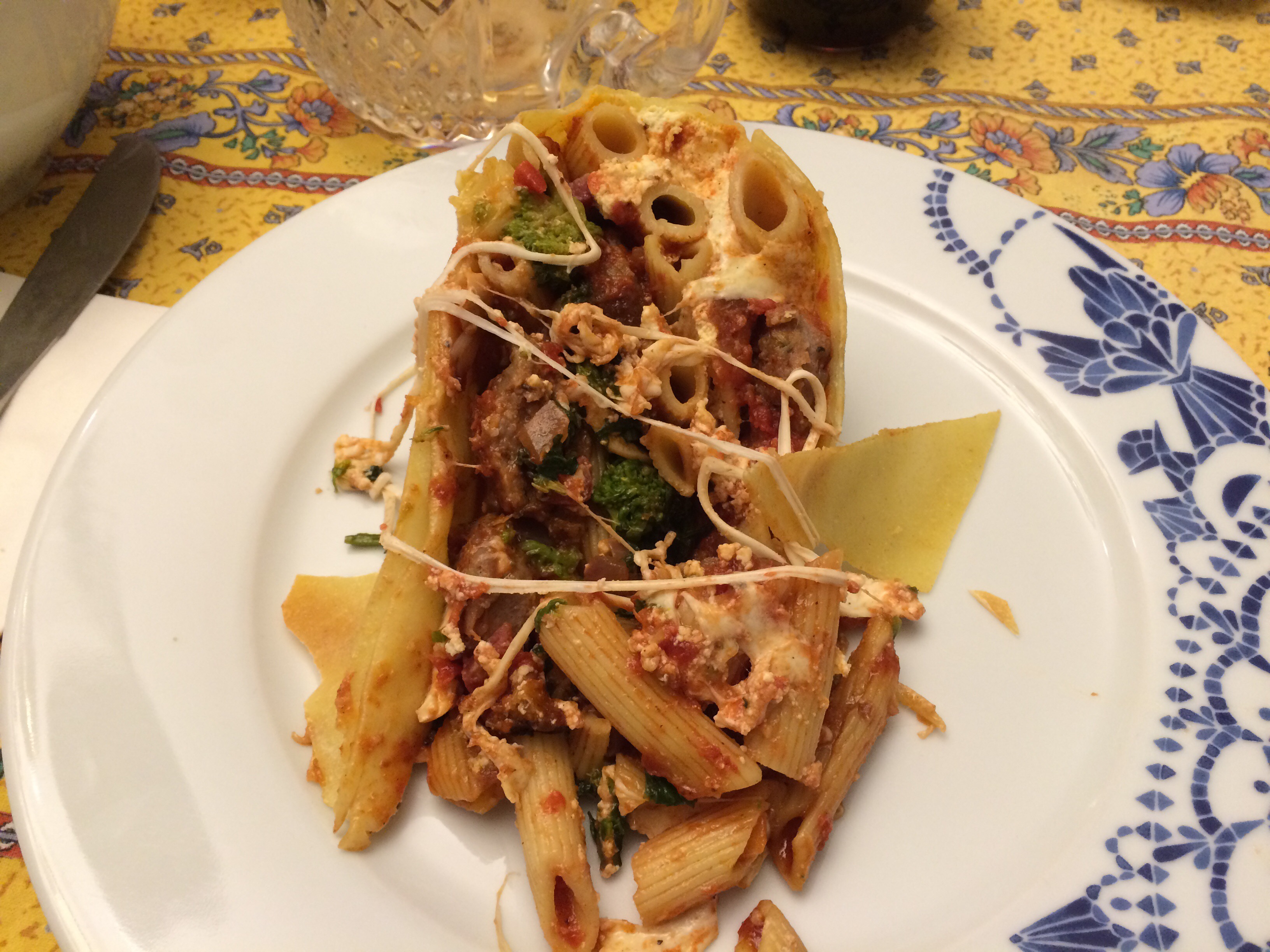I took my daughter to her first a cappella concert yesterday, to see the Yale Redhot and Blue (as well as the women’s group from our town’s high school, the Lexington High Euphoria. As expected from a group of Redhot and Blue’s reputation, their set was excellently performed and jazz heavy (“Fly Me to the Moon” and Cole Porter’s “Redhot and Blue” were solid, “Angel Eyes” was spectacular and a welcome surprise). But they closed with an “old Yale song.” Which turned out to be, essentially, the William Henry Smith arrangement of “Ride the Chariot,” which I sang in the Virginia Glee Club in the early 1990s. More precisely, the Smith arrangement was used unmodified by the group, while the soloist improvised his own line around Smith’s melody.
I asked a member of the group about the Yale attribution after the show, and he said, “It’s an arrangement that’s done a lot at Yale. Each group has their own version of it and that’s ours.” A quick Google confirms the performance practice; the Whiffenpoofs do the same thing to the arrangement, as does the Society of Orpheus and Bacchus. Even the Yale Alumni Chorus gets in on the act, though they sing the SATB arrangement as written.
The attribution is a lot more dubious. The Whiffenpoofs’ repertoire page does not credit William Henry Smith for the arrangement at all, listing it as “trad. Yale”; other groups simply say “traditional.” Given that the arrangement is not only clearly Smith’s but that it was likely in copyright at the time it was adopted by the Yale groups (it was copyrighted in 1939, and if renewed by the publisher does not pass into the public domain until 2034), the Yale groups owe Smith a credit at the very least.
There’s also a matter of appropriation. While little is known about William Henry Smith (1908–1944), we do know that he was a professor at historically black Wiley College in Marshall, Texas, known for graduating civil rights leader James Farmer, and that he directed the Wiley College choir, touring with them in the years before his sudden death. To claim authorship of a work published and copyrighted by a prominent black musician is unfortunate if done through ignorance, unforgiveable if done deliberately.
It’s unbecoming for the Yale vocal groups, even in ignorance, to claim “trad. Yale” authorship for Smith’s arrangement of “Ride the Chariot.” The various groups should correct this historical error and give Smith the credit he’s due.







